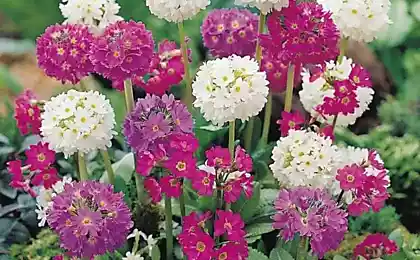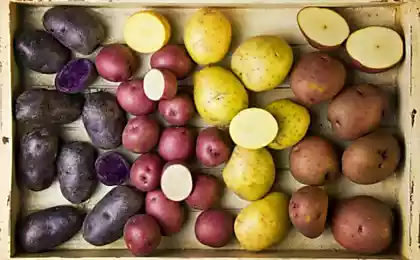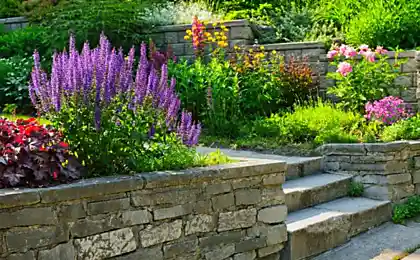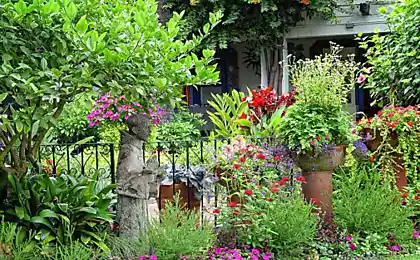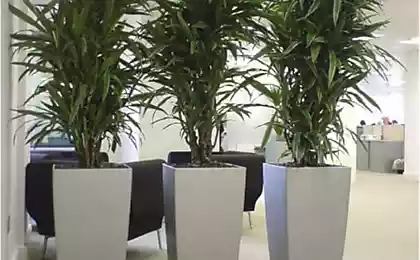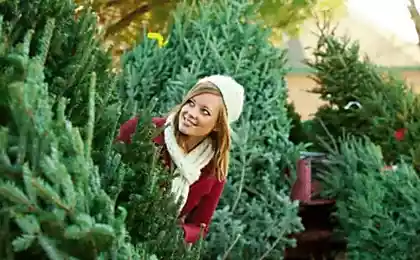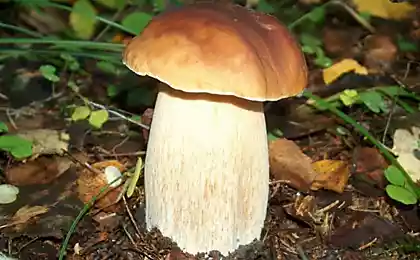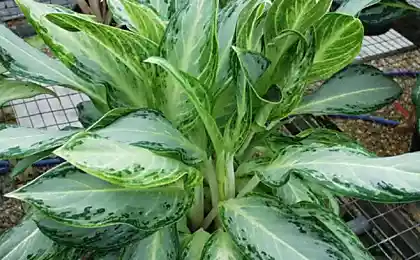493
Reproduction perennial primrose

Primrose – the favorite flowers of many gardeners – are hardly the most numerous in the world flora, the genus of plants, because he has more than five hundred species. The characteristics of each of them you need to consider when growing and breeding these flowers. Today for reproduction of primroses, grown in culture, using several methods.
Methods of reproduction of primroses
1. Primrose: seed propagation
Wondering how to grow primrose from seed, you first need to decide whether to sow it in the open field or on seedlings. First we need to choose, when to plant primrose from seed. Traditionally for this procedure there are three periods.
Spring planting the primrose seeds. In February-March is normally done by seeding the primrose seedlings in containers-parniczky with the prepared nutrient soil. And directly in the garden, the sowing is done when the snow melts. Besides, in order not to lose the crops, not sow them directly in the ground, and into a receptacle, which was added dropwise in a shady corner of the garden.
Summer in July-August seeds are sown primroses almost immediately after their aging. Such term of sowing of perennial primroses relevant because the seeds quickly lose their germination, especially if stored at high enough temperatures (about 20 degrees). However, it is worth noting that the lack of moisture in the soil during these months may lead to a large loss of seedlings, therefore it is better to use a larger number of seeds.
The most effective is podzimny planting primroses, which was implemented in October-December. In this case, the growth of the little primroses begins in early spring, when the soil moisture is sufficient, which is especially important for these plants. This period is considered optimal for planting primroses ushkovyh (aurical).
To properly plant primrose seeds, choose protected from the hot sun shaded area with a light, nutritious, loamy soil. The growing primroses from seed is often carried out on special razvedochnyh the beds, where the bred plants (whether originally potted seedlings or seedlings, germinated in soil) were later transplanted to a permanent place. Thus, it is possible to create the young plants a more favorable environment for growth.
It is worth noting that primrose, grown from seed of which is carried out in the open ground often does not require cold stratification. Speaking of which, stratification of the seeds of the primrose is only necessary if the seedling method of growing some varieties. Modern hybrids primroses mostly germinate well and without freezing of seeds. It is important to pay attention to the properties of a specific kind. For example, evening primrose section auricul (Ushkovo, small, pubescent) when spring sowing need cold stratification, and primrose serrulated and ordinary do without such a procedure.
Sown evening primrose superficially, dispensing not more than 5 seeds at 1 cm it is Important to maintain adequate soil moisture but avoid water stagnation. In addition, it is necessary to consider the peculiarities of varieties and species, as often primrose different groups require special conditions for growing.

2. Primrose: reproduction dividing the Bush
Knowing how to grow primrose from seed should not forget that their agricultural cultivation foresees the propagation of plants by division of the Bush. Depending on the variety of procedure is carried out division 3-5th year in the early spring or in July-August, when Primula is completely gone. To do this, dig the plant and roots thoroughly but carefully cleaned from the ground. To divide them was easier, the roots can even be washed in a bucket of water. Then with a sharp knife bushes are divided into parts, each of which must be a small rosette of leaves, developed roots and at least one kidney regeneration. Slices sprinkled with wood ashes. Fast delenki planted in the ground, lest they dry up. Usually small plants are planted at a distance of 10-15 cm, and larger – 20-30 cm
Transplanted plants must be watered every day for two weeks, and in the case of the autumn transplant to shelter for the winter.
It is important to remember that depending on species, some varieties are better to share only in early spring (Primula Japanese, Florinda and encore) or in the summer-autumn period, but not later than September so that the plant could take root and prepare for winter (Primula serrulated, Julia, many-flowered, etc.).
3. Primula: propagation by root cuttings
As you can see, planting the primrose seeds is not the only method of reproduction. In addition, when the cultivation of some species of Primula possible reproduction of its root cuttings. To do this, large bushes separated by several thick roots. In the upper part of this cutting make the cut long 1-1. 5 cm, to accelerate the growth of the kidneys. Then the cuttings are planted to a depth of about 3 cm and care for them in the usual way. Examples of species that are effectively propagated by dividing the Bush and root cuttings are Sibata Primula and Primula scalloped.
4. Primula: the rooting of axillary shoots
If the roots or sockets are quite weak and whack a Bush it is impossible to propagate any sort of possible method of rooting of axillary shoots. At the base of the root collar of the plant is required to separate the petiole from the kidney and a small part of the escape. It is desirable to shorten the half-sheet plate. The cuttings are planted in the prepared mixture of coarse sand and leaf soil. For rooting the cuttings kept at a temperature of 16-18 degrees in a bright room, but protecting from sun rays, maintaining moderate soil moisture. Some time later, from the kidneys appears shoots with 3-4 leaves, which are recommended to be transplanted into individual pots. As soon as favorable weather conditions, the shoots are planted in the open ground.
When breeding primroses, it is important not to forget that primrose, grown from seed which sometimes are more troublesome than reproduction in other ways, depending on the species characteristics may require different conditions for germination, and in further care for adult plants.published
Source: sadovod-i-ogorodnik.ru
What to do to sleep only a few hours a day at a convenient time
Dolce Vita or 10 things that should learn from the Italians
